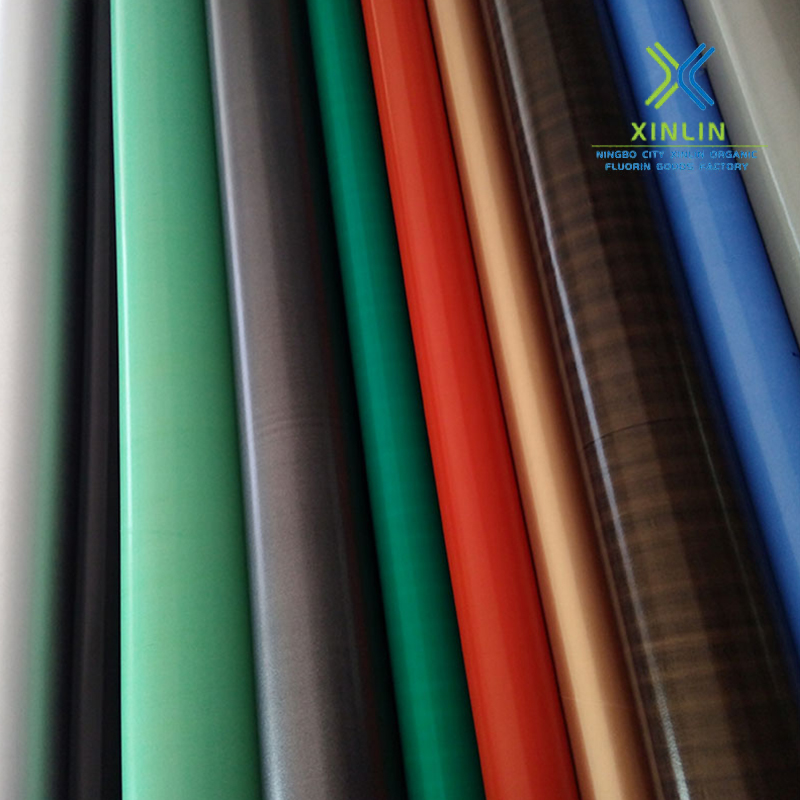High temperature resistance-the use of working temperat […]
High temperature resistance-the use of working temperature up to 250 ℃.
Low temperature resistance-good mechanical toughness; even if the temperature drops to -196℃, it can maintain 5% elongation.
Corrosion resistance-It is inert to most chemicals and solvents, and can withstand strong acids and alkalis, water and various organic solvents.
Weather resistance-has the best aging life in plastics.
High lubrication-is the lowest friction coefficient among solid materials.
No adhesion-it is the smallest surface tension in solid materials, does not adhere to anything.
Non-toxic-with physiological inertness, as an artificial blood vessel and organ implanted in the body for a long time without adverse reactions

The relative molecular mass of polytetrafluoroethylene is relatively large, the low is hundreds of thousands, the high is more than ten million, generally several million (the degree of polymerization is on the order of 104, while that of polyethylene is only 103). Generally, the crystallinity is 90-95%, and the melting temperature is 327-342℃. The CF2 units in the polytetrafluoroethylene molecule are arranged in a zigzag shape. Since the radius of the fluorine atom is slightly larger than that of hydrogen, the adjacent CF2 units cannot be completely cross-oriented in trans, but form a spiral twisted chain, almost covered by the fluorine atom The surface of the entire polymer chain. This molecular structure explains the various properties of polytetrafluoroethylene. When the temperature is lower than 19°C, a 13/6 helix is formed; at 19°C, a phase change occurs, and the molecules are slightly unwound to form a 15/7 helix.
Although the rupture of carbon-carbon bonds and carbon-fluorine bonds in perfluorocarbons requires energy absorption of 346.94 and 484.88kJ/mol, respectively, the depolymerization of PTFE to produce 1mol of tetrafluoroethylene only requires energy of 171.38kJ. Therefore, during high-temperature cracking, PTFE is mainly depolymerized into tetrafluoroethylene. The weight loss rate (%) of PTFE at 260, 370 and 420°C is 1×10-4. 4×10-3 and 9×10-2 per hour, respectively. It can be seen that PTFE can be used for a long time at 260°C. As the highly toxic by-products such as fluorophosgene and perfluoroisobutylene are produced during high-temperature cracking, special attention must be paid to safety protection and to prevent PTFE from contacting open flames.
Copyright © Ningbo Xinlin Polymer Material Co. LTD. All Right Reserved Technical Support : HWAQ